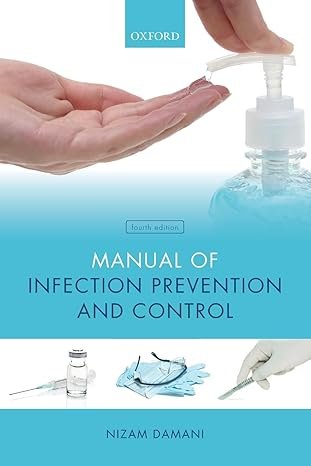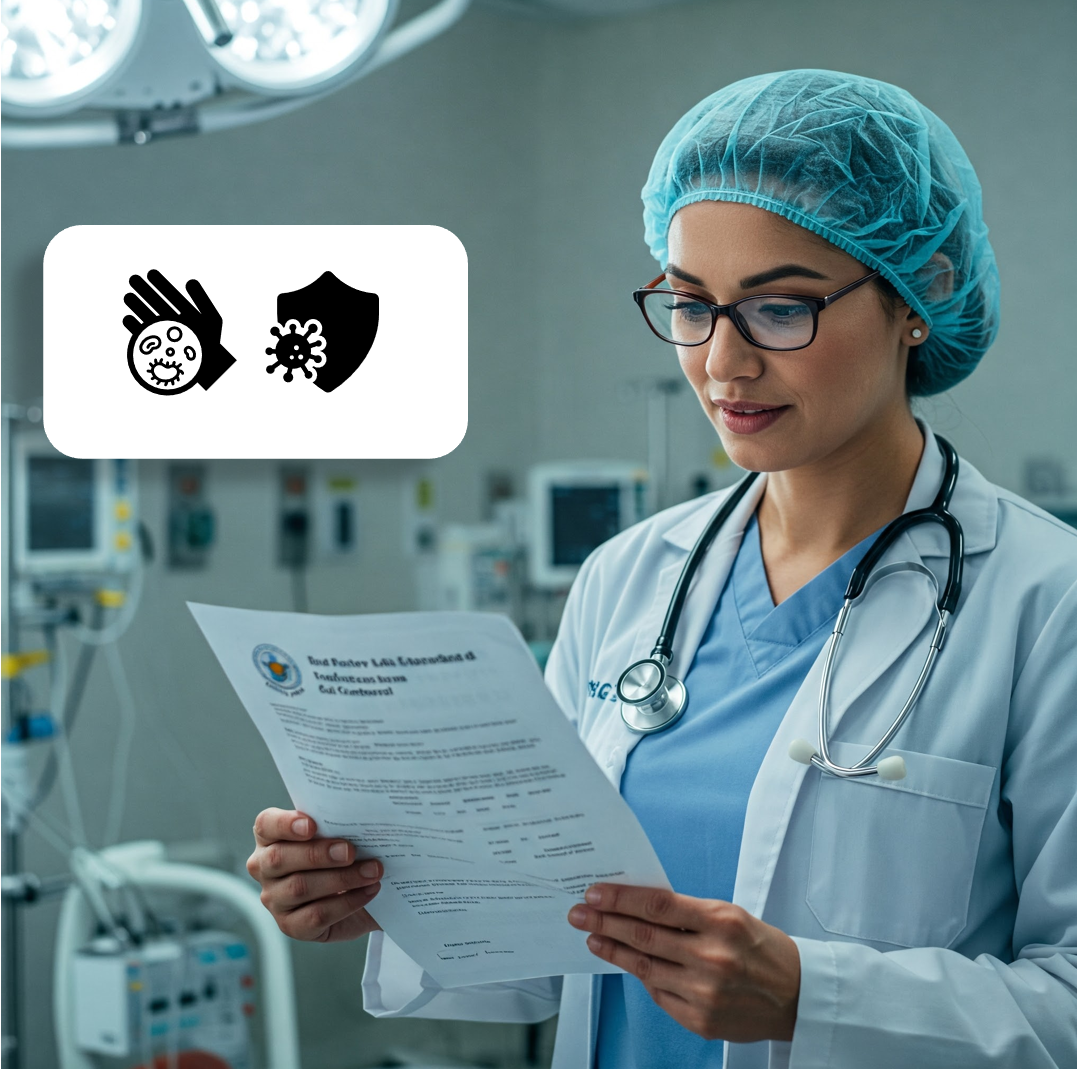Disclaimer: This post is for academic purposes only. Please read the original document if you intend to use them for clinical purposes.
This document by Joint Commission Resources (JCR), serves as a comprehensive guide for healthcare organizations to prevent and control infections within their physical environments. The core mission of JCR is to continuously improve the safety and quality of health care in the international community through the provision of education, publications, consultation, and evaluation services. This briefing will summarize the main themes focusing on the critical link between the physical environment and infection prevention and control (IPC), the impact of recent pandemics, and key areas of focus for effective IPC programs.
Themes:
1. Link between the Physical Environment and IPC: The document emphasizes that a well-designed, thoughtfully managed health care environment is the foundation upon which most IPC activities are built. The physical environment encompasses the building, its furnishings, equipment, and utility systems, all of which directly impact an organization’s ability to prevent and control infections. This includes critical factors such as room pressurization, the flow of staff and patients through an organization, and effective ventilation systems. Joint Commission International (JCI) standards recognize this connection, requiring organizations to monitor, analyze, and improve conditions in the health care facility environment—including conditions affecting IPC.
2. Impact of the Pandemic: The emergence of the COVID-19 pandemic in early 2020 served as a stark highlight of the importance of IPC in health care organizations regardless of size or setting. The pandemic exposed significant challenges, from the proper use and availability of personal protective equipment (PPE) to managing negative pressure spaces to direct pathogens away from the ward/ICU and out of the building. Alarmingly, the Centers for Disease Control and Prevention (CDC) reported increases in healthcare-associated infections (HAIs) in 2020-2021, such as central line–associated bloodstream infection (CLABSI), catheter-associated urinary tract infection (CAUTI), ventilator-associated events (VAE), and methicillin-resistant Staphylococcus aureus (MRSA) bacteremia. This surge in HAIs underscored the need for renewed back-to-basics attention to IPC. Organizations have been urged since then to incorporate lessons learned from COVID-19 into their operations planning, analyzing what worked well for IPC and what can be improved going forward.
3. Leadership and Culture of Safety: Effective IPC is not solely the responsibility of IPC professionals; it requires an organization-wide effort. The document stresses that JCI standards compel organization leadership to assume responsibility for reducing the risk and transmission of infection. This involves ensuring adequate staff training, creating an emergency management/operations plan communicating with relevant stakeholders, and allocating enough resources to support the program. Crucially, leadership must establish and promote a culture of safety where staff needs to feel comfortable questioning procedures and pointing out areas that need improvement.
4. Areas of Focus: The areas that are critical for effective IPC include:
- Hand Hygiene: identified as a simple yet highly effective prevention measure. Despite its importance, pre-pandemic compliance was estimated at approximately 50% only, though pandemic-related improvements in hand hygiene contributed to significant declines in Clostridioides difficile infections in 2021. The document highlights guidelines from the JCI, WHO, and CDC.
- Construction Projects: It has been emphasized that there is crucial role of IPC during demolition, renovation, and construction of health care facilities. This involves considering design elements for IPC and conducting thorough Infection Control Risk Assessment (ICRA) of Pre-Construction Risk Assessment (PCRA).
- Medical Equipment Reprocessing: acknowledged as particularly challenging for health care organizations, with high rates of non-compliance. There is emphasis on the systematic approach to cleaning, disinfection, and sterilization of medical devices, including particularly high-risk, hard-to-reprocess equipment such as endoscopes.
- Utility Systems: There is stress on the connection between utility systems and IPC, focusing on air handling, including pressurization (positive / negative) of spaces, ventilation, and water distribution systems. Specific concerns include Legionella and mould. The vital role of engineering and maintenance staff is highlighted.
- Environmental Services and Bio-Medical Waste Disposal: covers housekeeping activities such as cleaning and laundry and the management of bio-medical waste. It includes discussions on different types of surface disinfectants and the pathogens they are effective against.
- Emergency Preparedness: Focuses on planning for and managing Infectious Disease emergencies/disasters, outlining the four phases of emergency management, conducting hazard vulnerability analysis, and managing infectious patient surges. This also includes environmental considerations like the use of isolation rooms, ante-rooms, etc.
5. Continuous evaluation and improvement: An effective IPC plan must be based on the organization’s identified risks, as well as the need to evaluate and adjust the plan on an annual basis. There are multiple tools and checklists available to help assess performance, increase compliance, and enhance patient safety and quality of care.
Conclusion:
This document serves as a vital resource for healthcare organizations worldwide, reinforcing that a robust IPC program is foundational to patient and staff safety. It highlights the lessons learned from recent pandemics, the critical role of leadership, and the necessity of addressing specific areas within the physical environment to mitigate infection risks effectively.
Citation: “Infection Prevention and Control Issues in the Environment of Care” JCR-Joint Commission Resources. 2023









